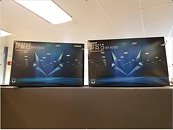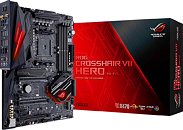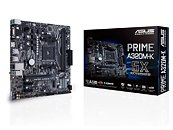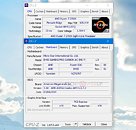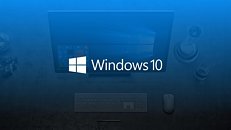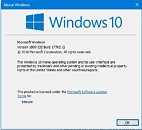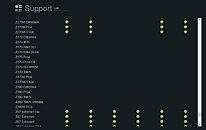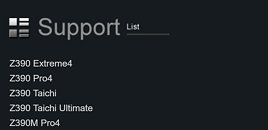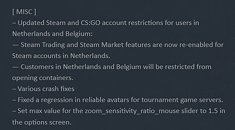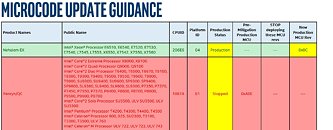Crytek Updates CryEngine Roadmap: Version 5.7 to Support DirectX 12, Vulkan and Ray Tracing
Crytek have updated their development roadmap for CryEngine, adding in some of the features we discussed yesterday on our piece regarding their Neon Noir ray tracing tech demo performance. The new roadmap now places Spring 2020 as the time where both DirectX 12 and Vulkan, lower level APIs than the currently-supported DX11, will be fully integrated into the engine. Ray Tracing will be added at the same time, no doubt taking advantage of the higher performance that can be extracted from hardware through the lower level APIs.
It will be interesting to see the level of performance on CryEngine's hardware agnostic ray tracing, and whether their Spring 2020 implementation will take advantage of specialized RTX hardware - or focus on a software solution ran at varying degrees of rendering resolution according to the scene. Though with AMD's Navi being expected to incorporate some sort of hardware-based ray tracing acceleration, it's very likely software calculations will only be a fallback of the coding.
It will be interesting to see the level of performance on CryEngine's hardware agnostic ray tracing, and whether their Spring 2020 implementation will take advantage of specialized RTX hardware - or focus on a software solution ran at varying degrees of rendering resolution according to the scene. Though with AMD's Navi being expected to incorporate some sort of hardware-based ray tracing acceleration, it's very likely software calculations will only be a fallback of the coding.



